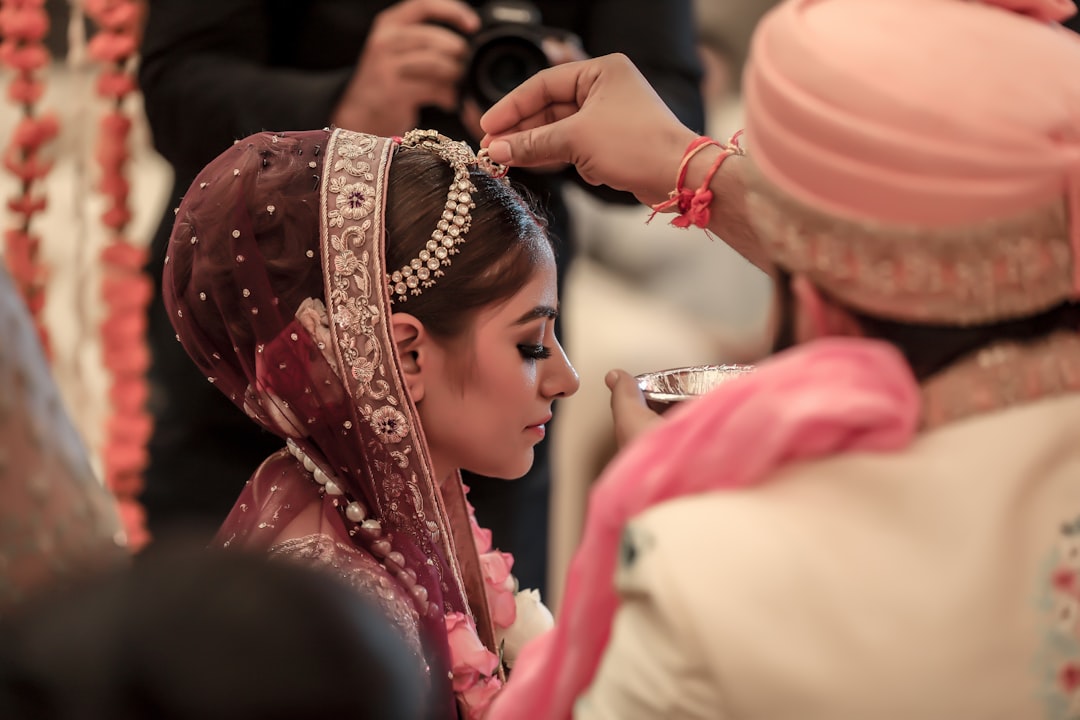The Role of Women in Religious Leadership Throughout History
Religion has always played a significant role in shaping societies and cultures around the world. From ancient times to the present day, religious beliefs and practices have influenced people’s lives in numerous ways. However, when it comes to religious leadership, women have often been relegated to the background, with men typically holding the positions of power and authority. Despite this, there have been women throughout history who have challenged these traditional gender roles and made significant contributions to religious leadership.
In many religious traditions, women have been seen as inferior to men and therefore not fit to hold positions of leadership within the church or religious community. This has often been justified using religious texts that emphasize the importance of male leadership and the subservience of women. However, despite these obstacles, there have been women who have risen to positions of power within their respective religions and have played important roles in shaping religious beliefs and practices.
One such example is Mary Magdalene, a figure in Christianity who is often depicted as a follower of Jesus Christ and one of his closest disciples. While the Bible does not provide much information about Mary Magdalene, she is believed by some to have been a leader in the early Christian church and to have played a significant role in spreading the teachings of Jesus. Despite her important contributions, Mary Magdalene has often been marginalized in Christian history and her role has been downplayed in favor of male figures such as the apostles.
In the Islamic tradition, women have also played important roles in religious leadership. For example, Khadijah, the first wife of the Prophet Muhammad, is often seen as a symbol of female empowerment in Islam. Khadijah supported Muhammad in his mission to spread Islam and was a prominent figure in the early Muslim community. She is often cited as an example of a strong and independent woman who played a crucial role in the development of Islam.
In Hinduism, women have also held positions of religious leadership. The tradition of female spiritual leaders known as “daai maa” has been prevalent in some parts of India for centuries. These women perform religious ceremonies, offer spiritual guidance, and provide support to their communities. Despite the patriarchal nature of many Hindu traditions, these female leaders have found ways to assert their authority and make valuable contributions to religious life.
In recent years, there has been a growing recognition of the importance of women in religious leadership. Many religious organizations and communities are working to promote gender equality within their ranks and to provide more opportunities for women to take on leadership roles. This is seen as a positive step towards creating more inclusive and diverse religious communities that can better meet the needs of their members.
One example of this is the ordination of women in some branches of Christianity, such as the Anglican and Methodist churches. In these denominations, women can now become priests and bishops, breaking the traditional gender barriers that have long existed in the church. This has led to a greater representation of women in leadership positions and has allowed them to have a greater impact on the direction of the church.
Similarly, in Judaism, there has been a growing recognition of the importance of women in religious leadership. Women rabbis are now becoming more common, with many Jewish communities welcoming female clergy members who provide spiritual guidance and support. This has helped to create more inclusive and welcoming synagogue environments where women can fully participate in religious life.
Despite these positive developments, there is still much work to be done to achieve true gender equality in religious leadership. Many religious traditions still have entrenched patriarchal structures that make it difficult for women to rise to positions of authority. This can be seen in the lack of female religious leaders in some traditions, as well as in the continued discrimination and marginalization of women within religious communities.
In order to address these issues, it is important for religious organizations to actively promote gender equality and to provide more opportunities for women to take on leadership roles. This can include training programs for female clergy, mentorship programs, and initiatives to address gender bias and discrimination within religious institutions. By actively working towards greater gender equality, religious organizations can create more inclusive and diverse communities that better reflect the values of equality and justice.
In conclusion, women have played important roles in religious leadership throughout history, despite the challenges and obstacles they have faced. From ancient times to the present day, women have made significant contributions to religious traditions and have helped to shape the beliefs and practices of their communities. While progress has been made in promoting gender equality within religious leadership, there is still much work to be done to ensure that women have equal opportunities to take on leadership roles. By supporting women in religious leadership, we can create more inclusive and diverse religious communities that reflect the values of equality and justice.

